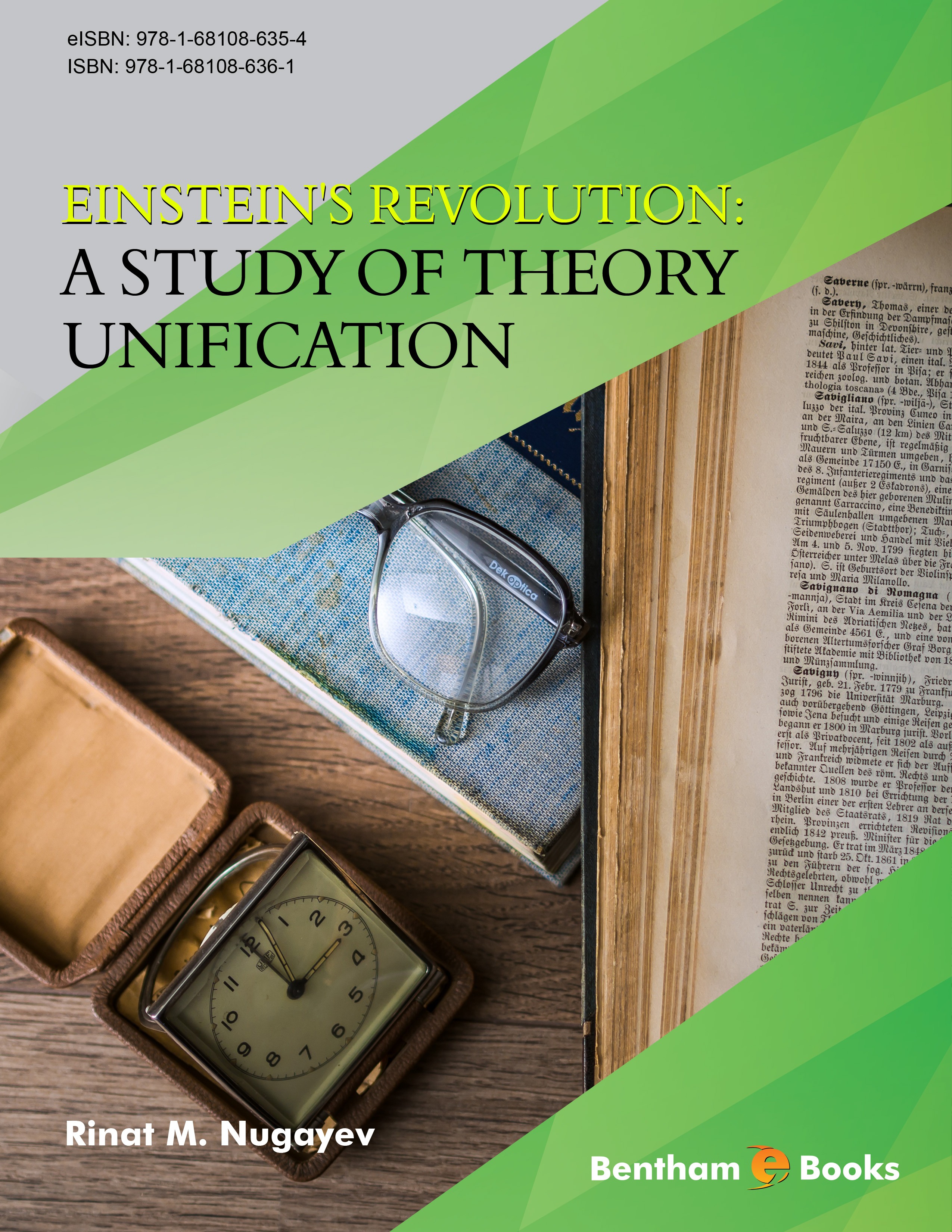Introduction
Einstein’s Revolution: A Study of Theory Unification gives students of physics and philosophy, and general readers, an epistemological insight into the genesis of Einstein’s special relativity and its further unification with other theories. The book starts with an introductory analysis of the reasons for mature theory change in science. This leads to a discussion about special relativity genesis.
It is contended that Einstein’s ingenious approach to special relativity creation, substantially distinguishing him from Lorentz’s and Poincaré’s invaluable impacts, turns to be a milestone of maxwellian electrodynamics, statistical mechanics and thermodynamics reconciliation design. Special relativity turns out to be grounded on Einstein’s breakthrough 1905 light quantum hypothesis. Eventually the author amends the received view on the general relativity genesis by stressing that the main reason for Einstein’s victory over the rival programmes of Abraham and Nordström was a unificationist character of Einstein’s research programme.





